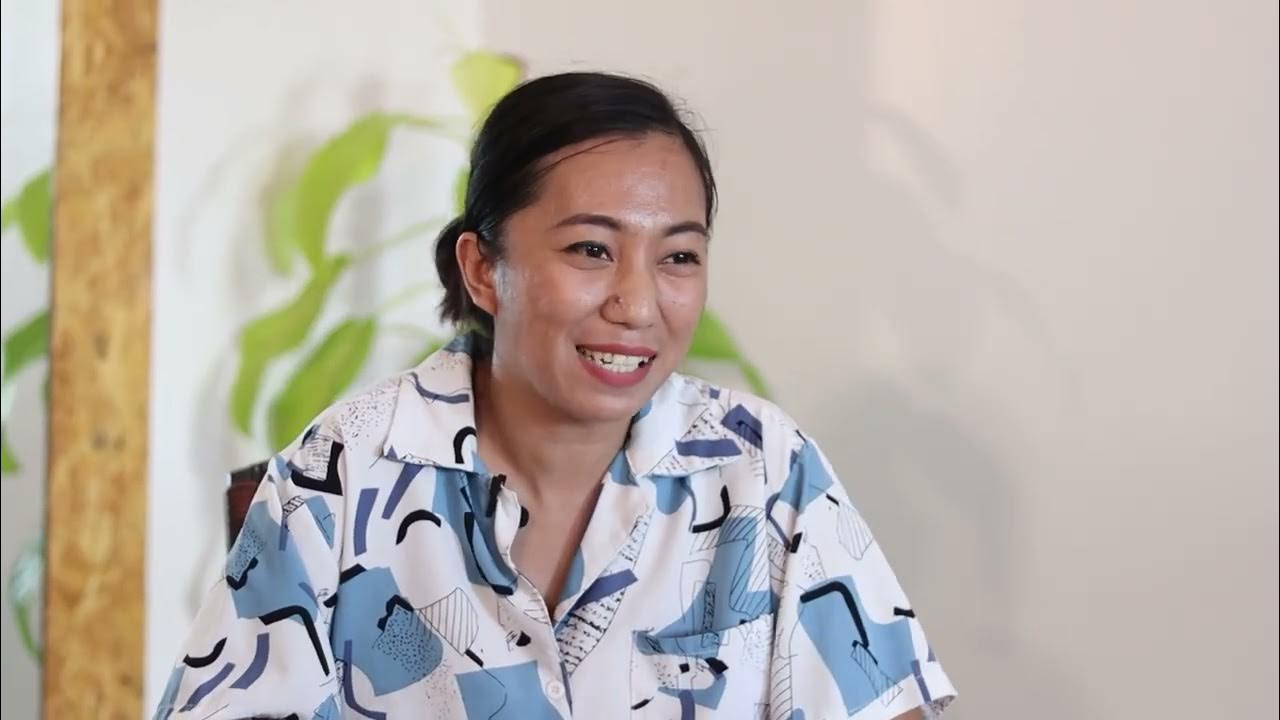Creative Movement and Dance - Teaching Strategies
Summary
TLDRThis video script highlights the power of dance as a creative and expressive art form, particularly for students with disabilities. It showcases various strategies to engage students, such as structured steps combined with creative freedom, using props like scarves, and incorporating obstacle courses for movement exploration. The teacher emphasizes emotional expression through dance, encouraging students to explore feelings like happiness and sadness through movement. By promoting repetition, security, and emotional connection, the script outlines how dance can foster creativity, physical coordination, and self-expression in a supportive, inclusive environment.
Takeaways
- 😀 Dance is an expressive art form where the body serves as both the instrument and the canvas.
- 😀 Anyone, regardless of ability, can participate in dance, making it an inclusive activity for all.
- 😀 Dance is a powerful way to express emotions and tell stories through movement.
- 😀 A simple dance strategy includes basic steps, like stepping right and left, which can be adapted for creativity within set boundaries.
- 😀 Repetitive movements in dance routines help students feel more comfortable and build familiarity.
- 😀 Students with disabilities benefit from dance routines that they can engage with at their own pace, allowing for flexibility and participation.
- 😀 Using props like scarves in improvisational dance encourages interaction and adds an element of creativity to the movement.
- 😀 Introducing obstacles in dance challenges students to navigate space creatively, building problem-solving skills and personal expression.
- 😀 Expressing different emotions in dance (e.g., happy, sad) helps students understand how movement can convey emotional states.
- 😀 Dance allows for interpretation, where students can use their bodies to illustrate concepts such as cooking spaghetti, turning abstract ideas into tangible movements.
- 😀 Dance promotes creativity, imagination, and self-expression, especially in young children, making it a valuable tool in education for emotional and physical development.
Q & A
What is the main idea behind the dance activity described in the script?
-The main idea is to use dance as an expressive and creative tool for students, allowing them to explore movement, emotions, and storytelling. It emphasizes making dance accessible to all students, regardless of their abilities, and encourages improvisation and personal expression.
How does the instructor help students develop their dance skills?
-The instructor starts by teaching basic steps that students are already familiar with, such as stepping in a circle. Then, they allow students to improvise and create their own movements within a structured routine, fostering creativity while maintaining a sense of routine.
What role does repetition play in teaching dance to students with disabilities?
-Repetition is crucial for students with disabilities as it helps them feel comfortable and secure with the movements. The instructor ensures that the same motions are repeated multiple times, allowing students to build confidence and familiarity with the dance.
What is the significance of using props in the dance exercises?
-Props like scarves are used to enhance the creative expression and improve coordination. They encourage students to interact with the environment and their peers, making the movement more engaging and helping to develop a sense of connection and security in their actions.
How does the instructor incorporate emotions into the dance activities?
-The instructor introduces various emotions like happiness, sadness, and anger, asking students to express these emotions through movement. Students are encouraged to explore different tempos and levels of intensity, which helps them understand how emotions can be reflected in dance.
What is the purpose of the obstacle course exercise described in the script?
-The obstacle course allows students to use their creativity to navigate through different obstacles while dancing. It encourages them to think independently about how to approach and overcome challenges in movement, enhancing both their problem-solving and creative expression.
Why does the instructor emphasize working with partners during certain activities?
-Working with partners helps students build collaboration skills and allows them to learn from each other. It also provides a structured way for students to follow a set routine or plan while interacting with a peer, promoting teamwork and social connection.
What is the purpose of the science-themed dance activity with spaghetti and water?
-The science-themed dance activity is designed to help students understand the concept of change through physical movement. By using the metaphor of boiling water and cooking spaghetti, students physically embody the transformation process, helping them connect abstract scientific concepts with tangible movement.
How does the instructor address different skill levels or disabilities in the dance activities?
-The instructor tailors the activities to accommodate different skill levels and disabilities by adjusting the difficulty of movements and providing a supportive environment. They also allow students to opt out if they're not ready to participate, ensuring a comfortable and inclusive experience.
What does the instructor hope to achieve through the use of dance in schools?
-The instructor hopes to encourage students to express themselves, build confidence, and channel their energy creatively. Dance is seen as a powerful tool for emotional expression and storytelling, providing an outlet for creativity and self-expression.
Outlines

This section is available to paid users only. Please upgrade to access this part.
Upgrade NowMindmap

This section is available to paid users only. Please upgrade to access this part.
Upgrade NowKeywords

This section is available to paid users only. Please upgrade to access this part.
Upgrade NowHighlights

This section is available to paid users only. Please upgrade to access this part.
Upgrade NowTranscripts

This section is available to paid users only. Please upgrade to access this part.
Upgrade NowBrowse More Related Video

Elements of Dance | KQED Arts

Ruang, Waktu, dan Tenaga Pada Gerak Tari - BAB 5 SENI BUDAYA - SENI TARI - SMP Kelas 7

PENGERTIAN DASAR SENI TARI

Seni Budaya Kelas 11 - "Seni Tari Kreasi" - SMA Doa Bangsa | Much. ALief Syahid Saputra, S.Pd

Working Together: Science Teachers and Students with Disabilities

The Ilonggo Street Dance 101
5.0 / 5 (0 votes)